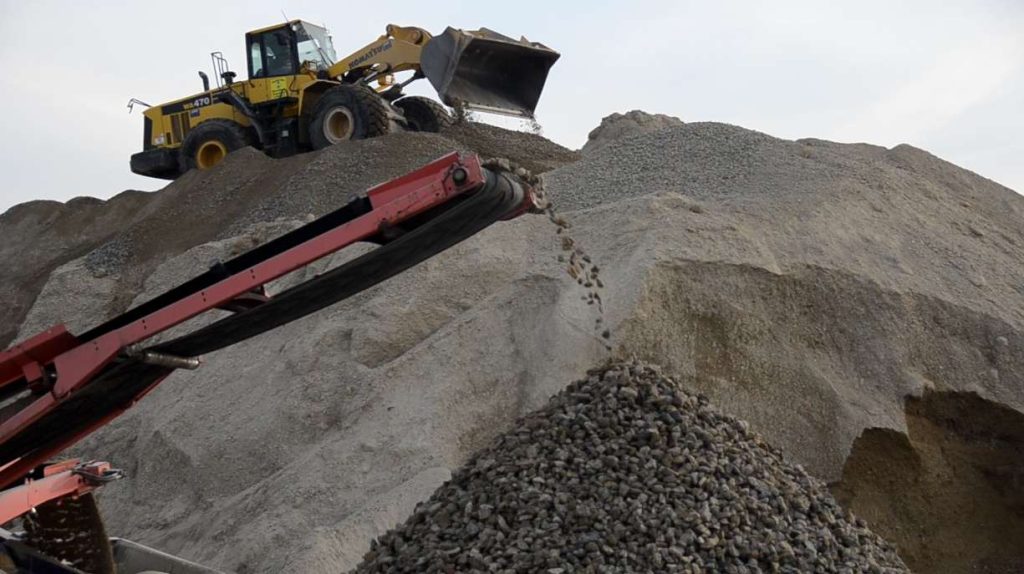Recycled concrete can be used for structural fills if it is properly pulverized to a uniform size to aid compaction. This is a great eco-friendly practice that also saves money! Learn all about recycled concrete for fill.

Recycled concrete is obtained from hardened concrete that has reached the end of its useful life. Often it is obtained when the structure that has such concrete is demolished for renovation or other reasons. Before crushing the concrete the steel is removed and separately sent to be recycled. The recycled concrete can be used for fill, making an eco-friendly, efficient, second use of this material.
The hardened concrete, or bits obtained from the demolition process, are then crushed to produce more evenly sized material. Generally recycled concrete may also contain soil or other soil material and asphalt if it is from existing pavements. Processing in a plant is required to remove these contaminants as well as the steel. Most crushers have magnetic separators that remove any left-over steel material. Mobile plants are available to crush recycled concrete. They can be easily set up on a site.
This crushed material can be used as aggregate for roads or other structural fills. Such aggregate is normally never reused to make concrete, as the structural soundness cannot be guaranteed. The lower cost of used concrete aggregate gives it an advantage over natural aggregate for the purpose of structural fills. Using this recycled material is also seen as a plus for the environment.
Recycled concrete that has not undergone any further processing other than the crushing can be used for many types of general bulk fills, protection of roadside banks, as a fill for drainage structures, for road construction or as embankments and noise barriers. This practical and environmentally-friendly reuse of old concrete obtained from structures demolished at a site can save on transportation costs for removal of the demolished material, reduce vehicle movement that would be required to bring in material for fill, and can also result in some financial savings with landfill taxes in applicable areas.
Recycled concrete is also sometimes used as aggregate for lean concrete bases, though its use as a fill is more common. It is quite common to see it being used in gabion baskets. The gabions are lowered to protect embankments or other structures. In such cases even bigger sizes of the crushed and recycled concrete can be used, as gabions function more because of their weight and density. Well-crushed aggregate is not nearly as important as it would be for structural fills. This can save on processing costs.
Structural fill is any fill that is constructed in layers. Each layer is compacted to a certain density. This necessary density is determined by the usage of the final product. Recycled concrete can also be used for such work if it properly graded to include bigger and smaller materials. This sort of gradation helps the smaller material to fill the gaps between the larger sized aggregates thus creating a more homogenous material which helps to achieve the required density.
Using recycled concrete for fill is good for the environment, but it is also beneficial for whoever is financing these efficient construction projects.


